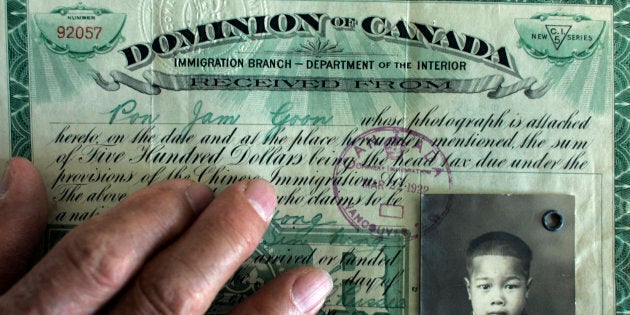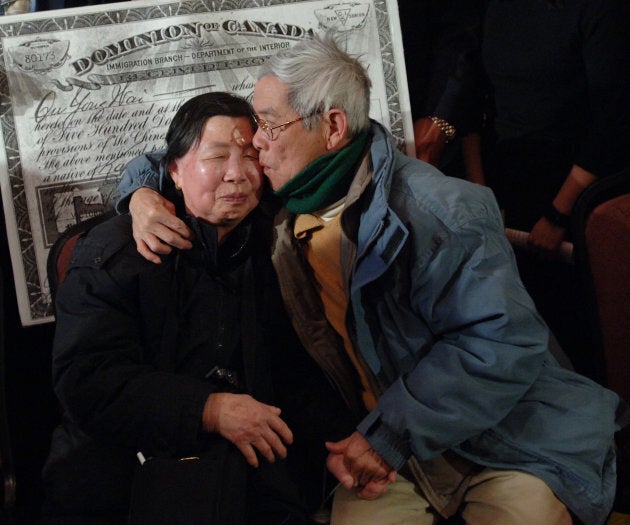
Canada's recent legalization of marijuana has spurred some heated debates, but one topic many Canadians aren't talking about is the country's dark history of prohibition.
In her book Jailed for Possession, Catherine Carstairs, chair of the history department at the University of Guelph, details the history of illegal drugs in Canada, beginning with a set of policies that demonized ethnic minority communities, especially Chinese immigrants.
The first wave of Chinese immigration began in British Columbia during the gold rush in 1858; while the second major influx of Chinese immigrants to the province came as labourers for the construction of the Canadian Pacific Railway, beginning in 1881.
When the construction of the railway was finished in 1885, the federal government passed the Chinese Immigration Act — now known as the Chinese Exclusion Act — instituting a head tax of $50 per person. By 1903, it was raised to $500 per person.

While Chinese immigrants provided a much-needed labour force for Western Canada, they were seen as problematic and undesirable. By the end of the 1800s, opium was linked to Chinese men who were depicted as endangering Canada.
"Anti-Chinese agitation became a powerful force in British Columbia politics," wrote Paul Kee, a Chinese-Canadian historian, in Library and Archives Canada's "History of Canada's Early Chinese Immigrants."
"Blaming Chinese immigrants when the economy turned bad became a way of organizing migrants from Great Britain and Europe around the idea of 'white supremacy,' captured best in the phrase 'White Canada Forever.'"
("White Canada Forever" was a rallying cry, movement and popular song in parts of British Columbia at the time advocating for a "whites only" country. A section of the song's lyrics reads: "We welcome as brothers all white men still/But the shifty yellow race/Whose word is vain, who oppress the weak/Must find another place.")
Yee writes: "[W]hite British Columbians also firmly believed that their way of life was better than all others. They saw China as a weak nation of backward people who could never learn to live like white Canadians. Moreover, they said that Chinese people carried diseases and other bad habits (such as smoking opium) that threatened Canada's well-being."
More from HuffPost Canada:
The Opium Act
In 1907, the anti-Asian sentiment culminated with riots organized by the xenophobic Asiatic Exclusion League. Over 8,000 white men stormed through Vancouver streets, damaging Chinese and Japanese businesses and enclaves.
At the head of the protest was a large banner stating: "Stand for a White Canada" as the men marched to City Hall," Susan Boyd writes in Busted: An Illustrated History of Drug Prohibition in Canada.